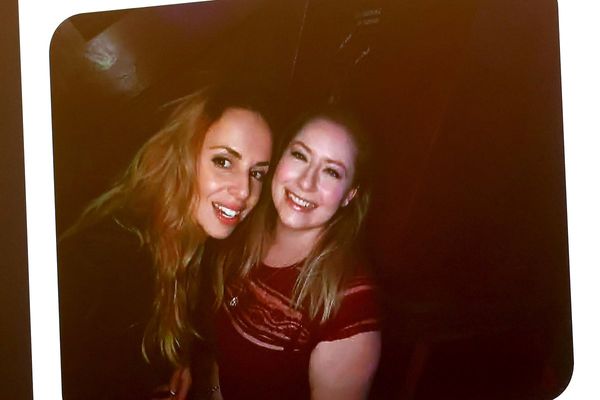
Michelle Mattar is the founder of Practice, a design company with a difference. Rather than just focusing on brand identity or packaging design in isolation, Practice works with brands such as Commonry, Allkinds, Glowbar and Unison for long engagements, transforming them at the material and supply chain level. For Unison, for example, Practice looked at the fashion brand's consumable – tags, hangers, bags and so on – as well as advising on their supply chain to minimise environmental impact.
Mattar is passionate about sustainable design practices, and has developed Waste Not, an online database of sustainable suppliers. As part of our Day in the life series, I caught up with her recently to find out more...
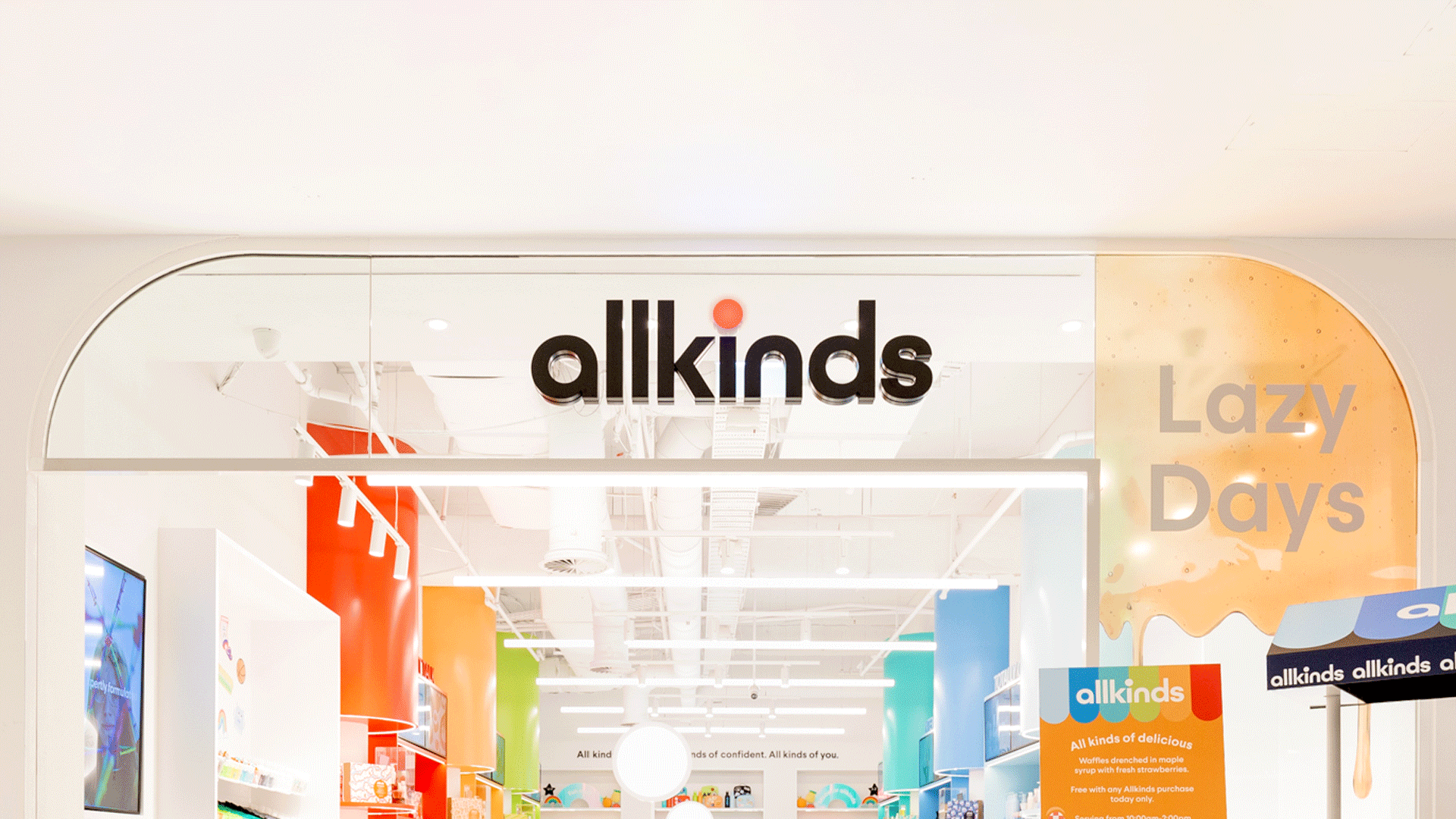
Tell me about a typical day in your role
A typical day for me at Practice can be pretty diverse – strategic planning, collaboration, graphic design, writing, client engagement, and operations. I've got a system, though: certain days are designed to be low on meetings so I can dive into creative projects without getting distracted by the details of running the show. Tuesdays and Thursdays are our power days – lots of collaboration and workshopping happening then, consulting, catching up with clients, and meeting with potential clients and vendors.
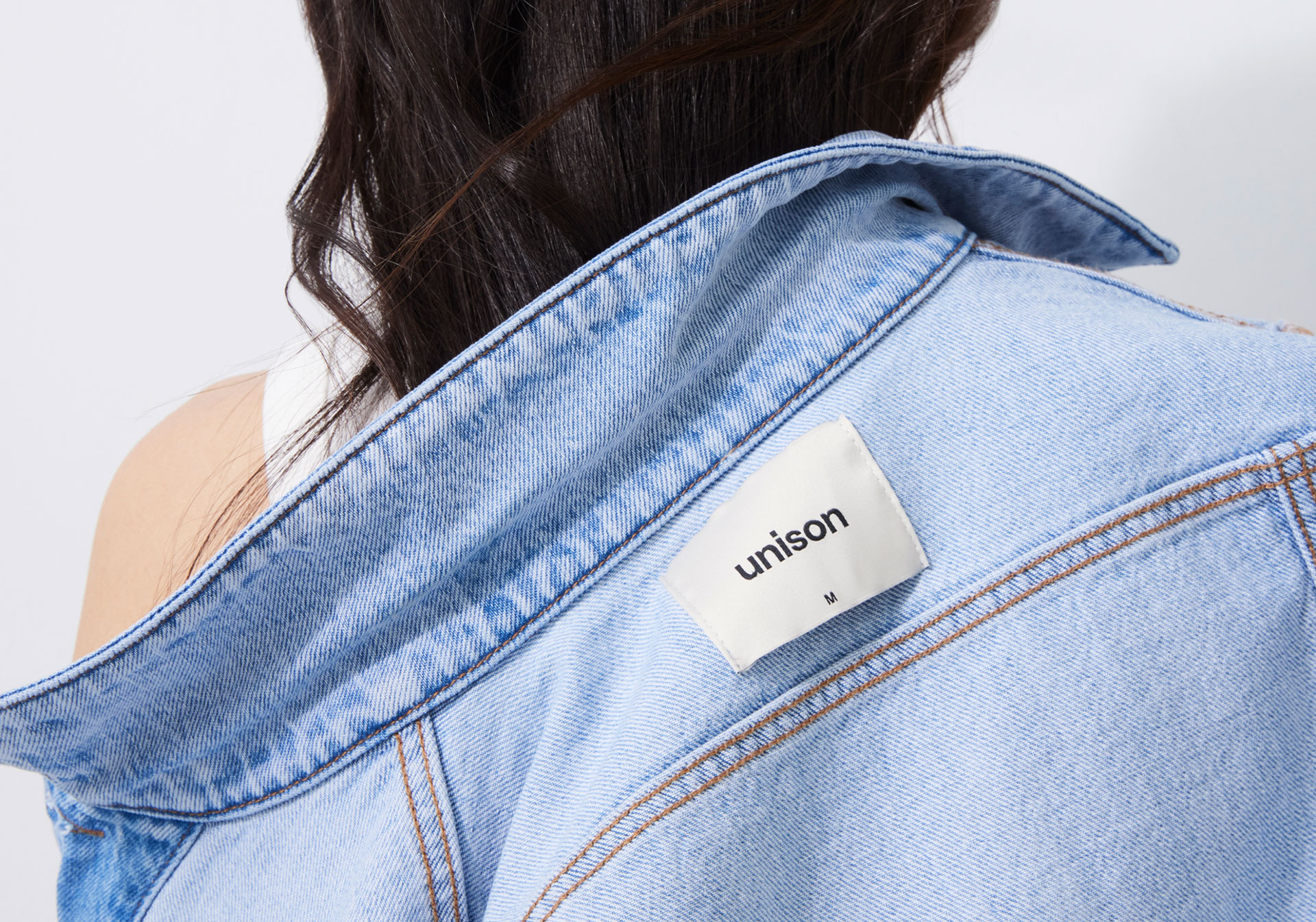
Why is sustainability so important in design?
When it comes to sustainability, it can’t just be about our individual actions like responsible shopping. The real impact happens when businesses and decision-makers in commerce prioritise sustainability on a larger scale, going beyond what any single consumer can achieve through purchasing power. In that bigger picture, designers play a crucial role.
Take packaging, for instance: even though we're improving at recycling everyday items, the materials in modern packaging often end up in the wrong places. Some things we believe are good for the environment end up as waste in landfills or harming nature.
Designers can really make a difference by knowing about different materials and how they end up in waste streams or can best be discarded. They can guide their clients, companies, and co-workers to adopt responsible practices with design as a vehicle and reduced impact as the end result. I think culturally we need to reframe what makes ‘great design’ to include impact as a key measure of success alongside other things we value, such as aesthetics.
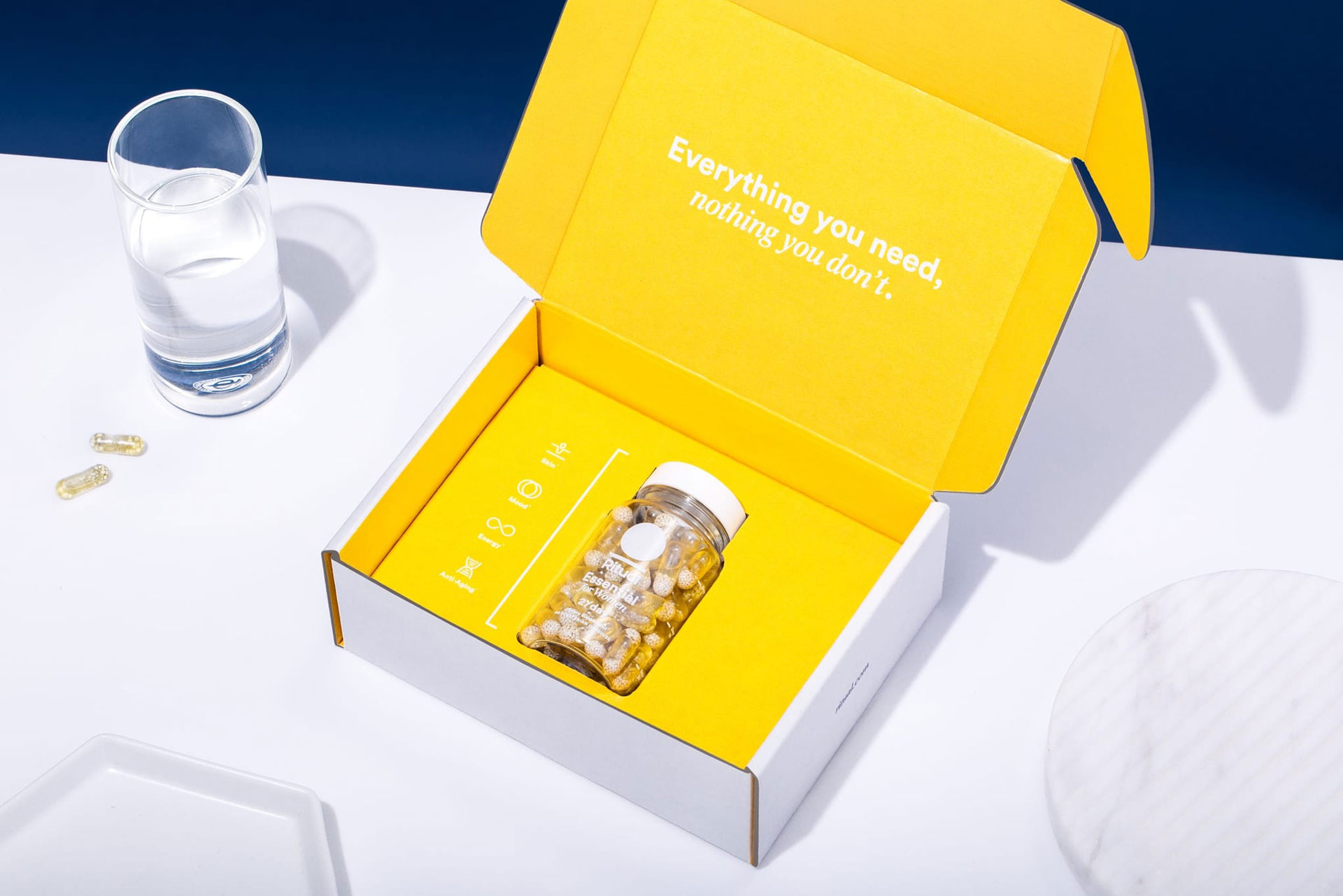
Tell me about how Practice works with clients
Our process is much deeper than design. At Practice, as a brand-building firm – which we see as different from brand identity – we delve deep into the entire spectrum of a partner's business. When we team up with a new partner, it's not just about crafting a logo or a visual identity. We’re committing to bringing every aspect of their business up to our standards.
We pick partners with uncommon vision, develop their vision together, build and launch dynamic brands, and stick around to help them scale. By intentionally limiting the number of partners we take on each year, we ensure that we can wholeheartedly dedicate ourselves to each one. This approach also provides the space to embed our operating principles deeply into the businesses we help build, aligning with our core mission.
Which project are you the most proud of and why?
Oh, that’s so hard! I think in terms of client projects, I’m really proud of our partnership with Allkinds. The project encompassed market research, naming, brand strategy with strong values, identity, messaging and design across 450 launch products and three stores. It was incredibly comprehensive, but we also built a lot of important guardrails that were very meaningful. For example, how no products are ever meant to feel like a kid has flaws or fixes – instead, Allkinds is there for all kinds of kids to own their awesome.
Their stores have scaled tremendously since launch, and we support them in big campaign moments. Particularly, I’ve loved the campaigns we built for them for a Chupa Chups collaboration and ‘Cosmic Choc’ – a limited-edition fragrance concept we developed around an alien candy cargo ship. It’s definitely been a playful project where we’ve gotten to bring out our inner child creativity!
Tell me about a tricky work-related challenge and how you approached it
We were spearheading the creation of a brand tailored specifically to support minority communities, all while navigating the constraints of a small team comprising only seven individuals across our team and their leadership. There are inherent limitations to a small team’s diversity being able to embody who we were creating for – and it ethically wasn’t right for us to build a speculative narrative for a marginalised group of people that deserved to be heard.
To tackle this, we implemented an extensive research scope with one-on-one recorded interviews, to understand not only cultural nuances but also the lived experiences and values of individuals within these communities. Next, to guarantee that our efforts were both inclusive and respectful, we established a committee of experts. This committee, led by BIPOC advocates who were leading voices in their respective fields, played a pivotal role in reviewing our work, providing invaluable insights and actively contributing to the shaping of the project. Their involvement created a collaborative effort to infuse authenticity and representation into every aspect of the project. To us, there was a significance in actively seeking diverse voices and perspectives, not just as a checkbox but as an integral part of the creative process.

Tell me about Waste Not
Waste Not is my passion project – it’s a free site where you can search an open-source database of sustainable suppliers and materials. In the course of my career, I've mandated sustainability research scopes to every project I've done that involved some physical good. Over the years, I created this robust spreadsheet with resources and vendors for businesses to reduce their footprint.
I’ve had to research a lot to understand what is actually sustainable or 'better', and I came to understand the inner workings of 'greenwashing' as I went. I wanted to help educate other people too. For example, many things that say 'compostable' are not compostable: if they don't go into industrial compost and go into a landfill, they still end up with these microplastics in the ocean, they still take 100 years to break down, and I think there's a responsibility for people to educate on that. That's why I created Waste Not. We can all do better work when we share these kinds of resources, and I don’t believe it should be a trade secret if it positively impacts the planet and people.
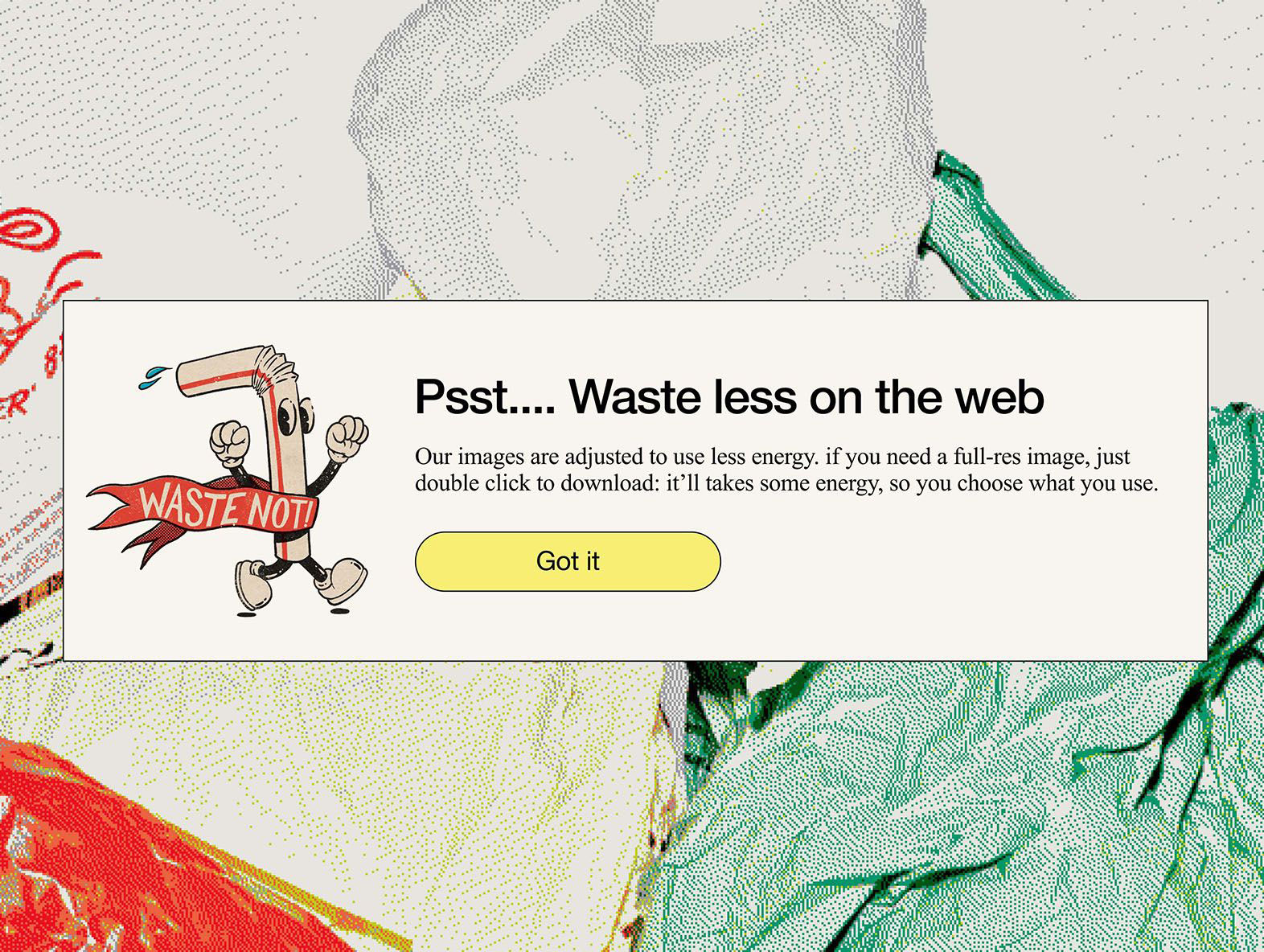
Tell me about your early career
I was into coding in high school, which got me interested in graphic design. I decided to go to Pratt to study design, and being able to code landed me some internships I probably wouldn't have been able to get based on creative skills alone. By the end of my time there, my portfolio wasn't just student projects; I had real agency work under my belt which helped me get a great job at Red Antler.
Once I decided to leave, freelancing kind of happened by accident. I was designing investor deck designs for small side cash while I interviewed for my next full-time role. Those founders got funding, were happy with what I had done, turned around and asked, "Do you want to build this brand for us?" That's how I landed my first set of clients and started this journey of being an independent brand builder.
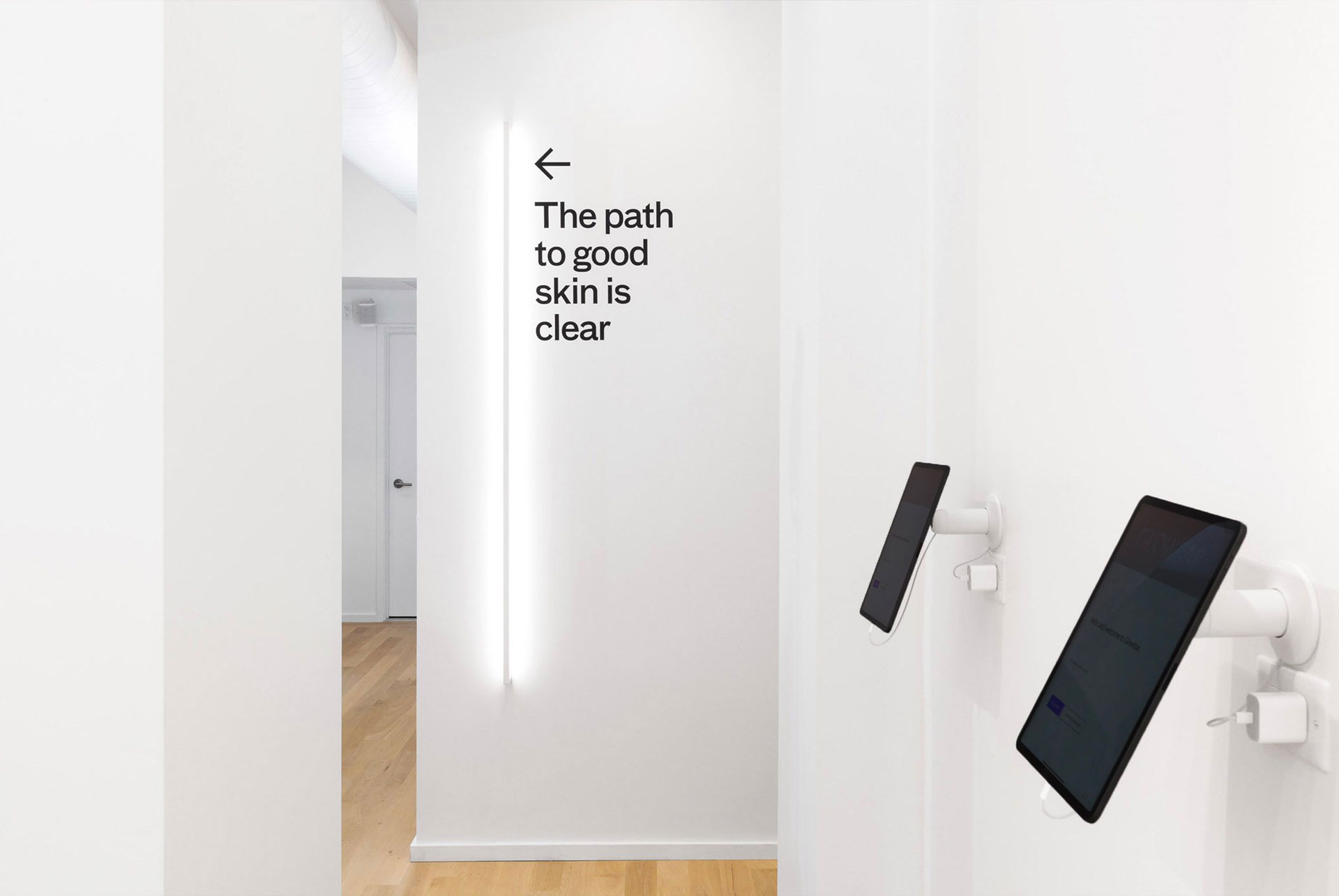
What tips would you give someone who wants to make their design work more sustainable?
Ask for help! When it comes to people who are passionate about sustainability in their work, there's a collective understanding that we're all in this together. Don't hesitate to seek guidance from those who have expertise in sustainability practices. People in this community are very open to sharing their knowledge and resources because we all recognise a common mission.
Personally, I have reached out to scientists and recyclers to ask them what might have been ‘basic' questions, but their insights were invaluable to my own practice. Be comfortable asking for help and leverage the collective wisdom of those who share your values.
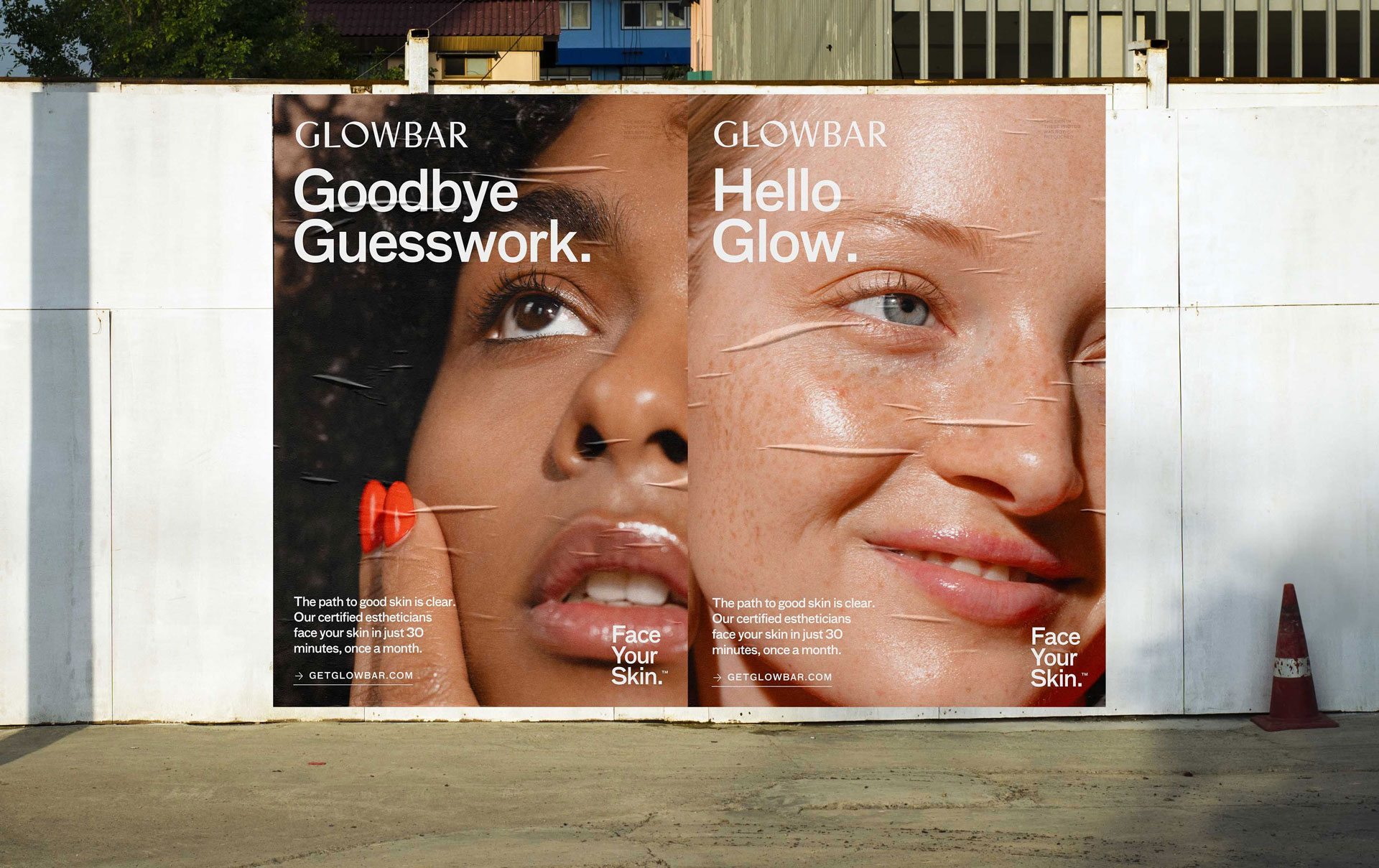
What’s your dream project?
As a creative-at-large, my dream project is to design a playground.
For Practice, I don't necessarily have a singular dream project that takes precedence over others. Mostly, I love doing good work for good people that support good causes. I've never confined myself to a specific category or style. Instead, I find inspiration in the influential role that brands play in our culture today.
Much like celebrities or politics, brands contribute significantly to shaping our collective narrative and societal values. The world doesn’t necessarily need more brands but it does need brands to do better. I’m always motivated when I meet people who understand that mission and are dedicated to building brands that raise the bar of ethical commerce. If it’s wildly successful, we know from history that other brands in their categories will quickly copy them to compete – which is a win for us all.

What career advice would you give your younger self?
I used to be super shy about sharing my work, but now that I'm running Practice, it's gotten a bit easier. It’s still not always easy, though. I now have responsibility pushing me to let people know what we're up to as a company, and, personally, I think it's vital to share and cheer on our team's wins and work.
If I could chat with my younger self, I'd try and encourage her to share her process, progress and projects. My community has grown trifold since I started braving that. Freelancing can be pretty lonely, so having that network makes a world of difference. These days, I feel way more supported and, looking back, I probably could have had more of that if I hadn't been so hesitant to put myself out there.

What’s next for Practice?
We’re currently working on reimagining our physical office into a space we’re naming 'Shared Practice', a community space aimed at fostering collaboration and shared learning. Additionally, we're gearing up to launch our next generation of brands, with each brand we create taking one to two years to meticulously build.

Anything else to add?
In the ever-evolving landscape of design, adaptability and continuous learning are paramount. I encourage fellow designers to stay curious, embrace change, and contribute to the positive transformation of our industry. It can be a little scary with new tools this last year, but I’m optimistic about what we can do with that change.

Read more about Practice.
